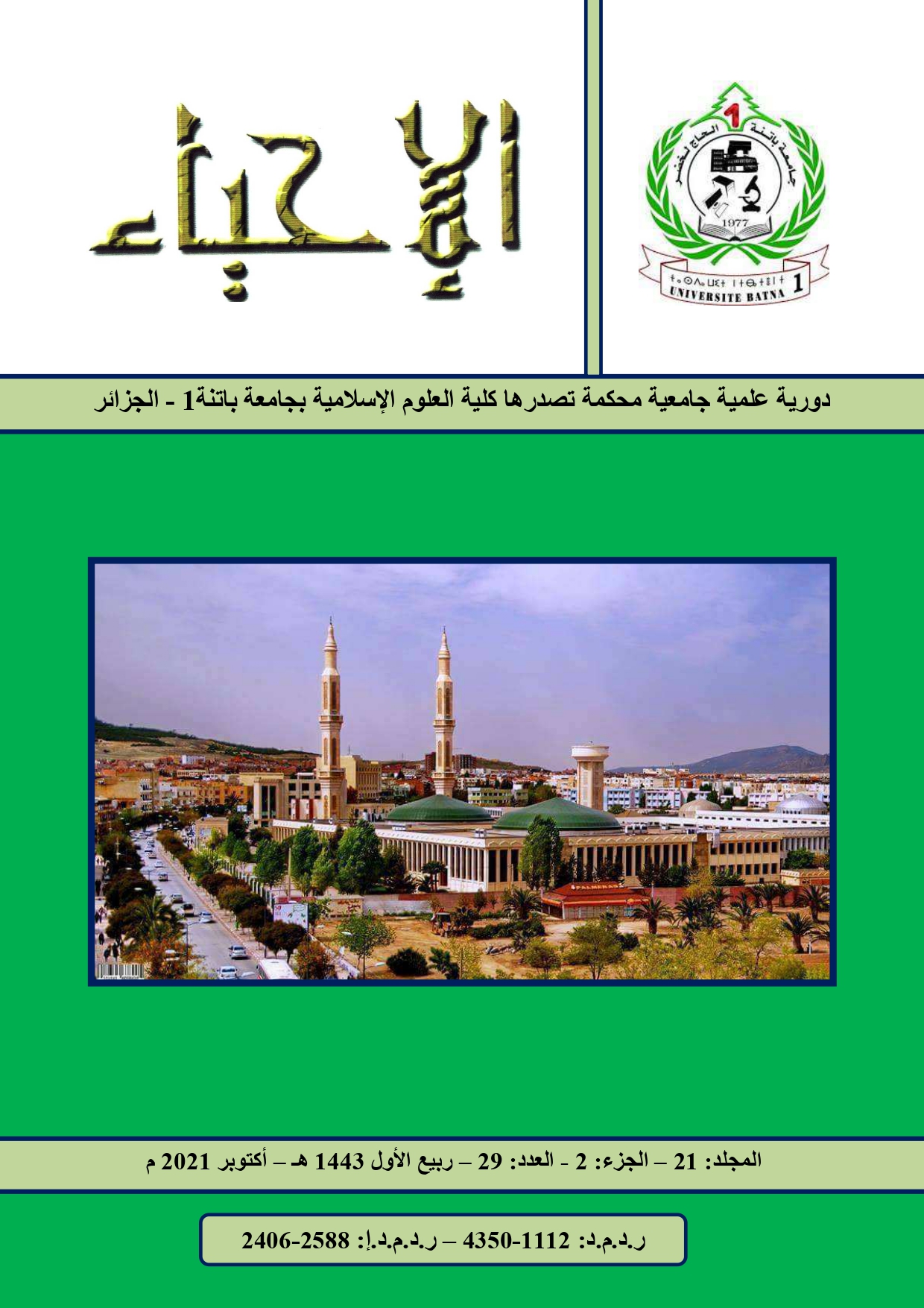المواضع المتفق على استثنائها من قاعدة الجمع السالم في الرسم عند الشيخين الداني وأبي داود وما جرى عليه العمل
DOI:
https://doi.org/10.59791/ihy.v21i2.568Keywords:
exception, rule, sound plural, what was doneAbstract
The Ottoman drawing is the vessel that contained the Quranic readings. The Companions, may
God be pleased with them, conveyed the utterance of what was revealed to the Messenge peace be
upon him, through this drawing. The readers were keen on his narration as they endured reading to
collect these narrations in books the most famous: The Book of Al-Muqna 'in Knowing the Decree
of the Qurans of the People of the Amsaar by Imam Al-Dani, and the Summary of Al-Tabiyyin by
Imam Abi Dawud. They are the reference in writing the Quran. Every Hafiz and student of the
Quran must know this drawing control it and define it. This study came to explain one of the aspects
of Ottoman drawings which was included under a rule, and precisely the rule of Sound plural and
what was excluded from it that is the definition of the places that the two sheikhs agreed to exclude
from the rule of Sound plural and then know what the Qurans were to do in them by reference to
what the two sheikhs stipulated The sayings of scholars on that and the books that took care to
mention what the Qurans were made to do.
Downloads
Published
How to Cite
Issue
Section
License

This work is licensed under a Creative Commons Attribution-NonCommercial-NoDerivatives 4.0 International License.





